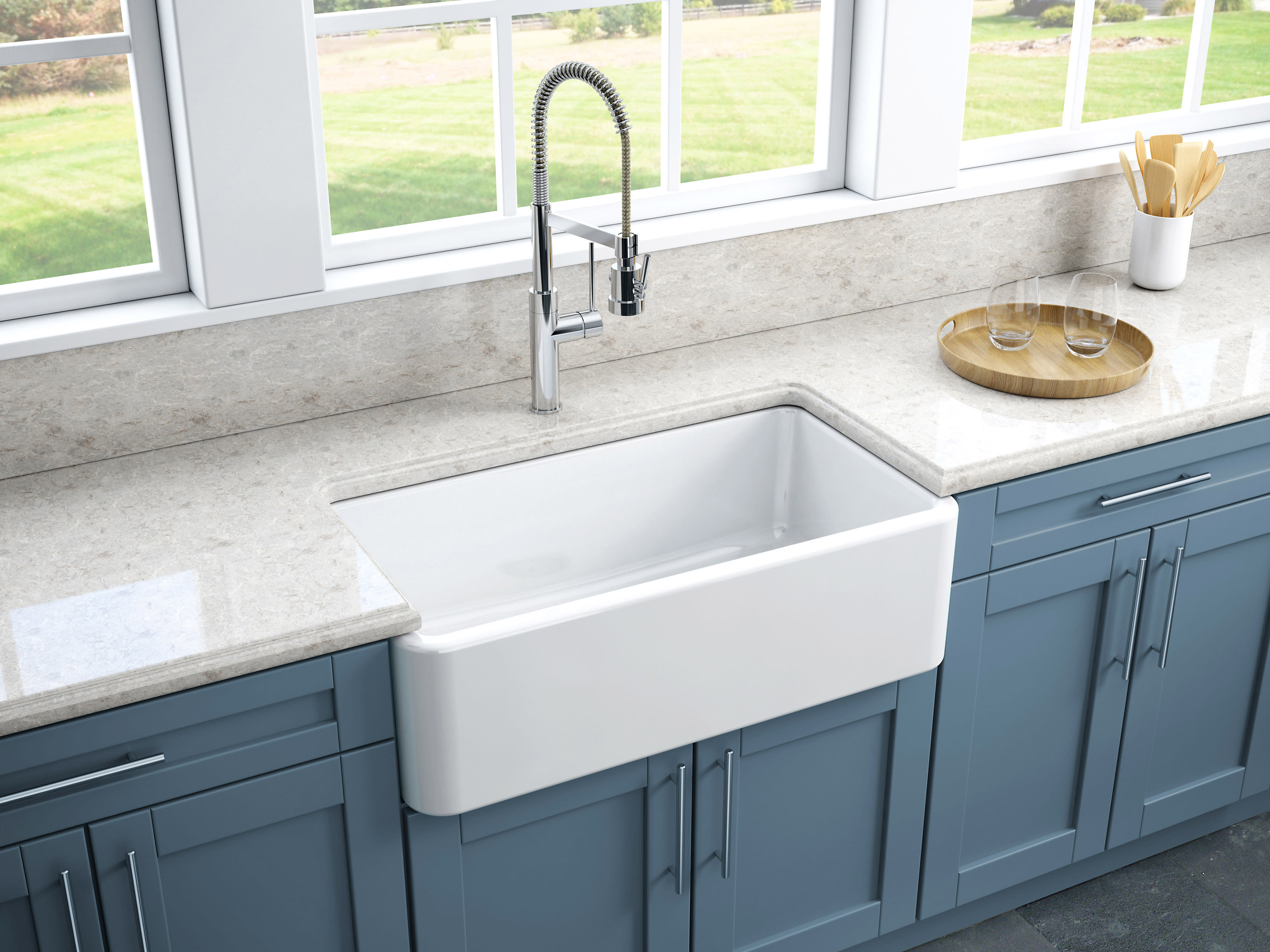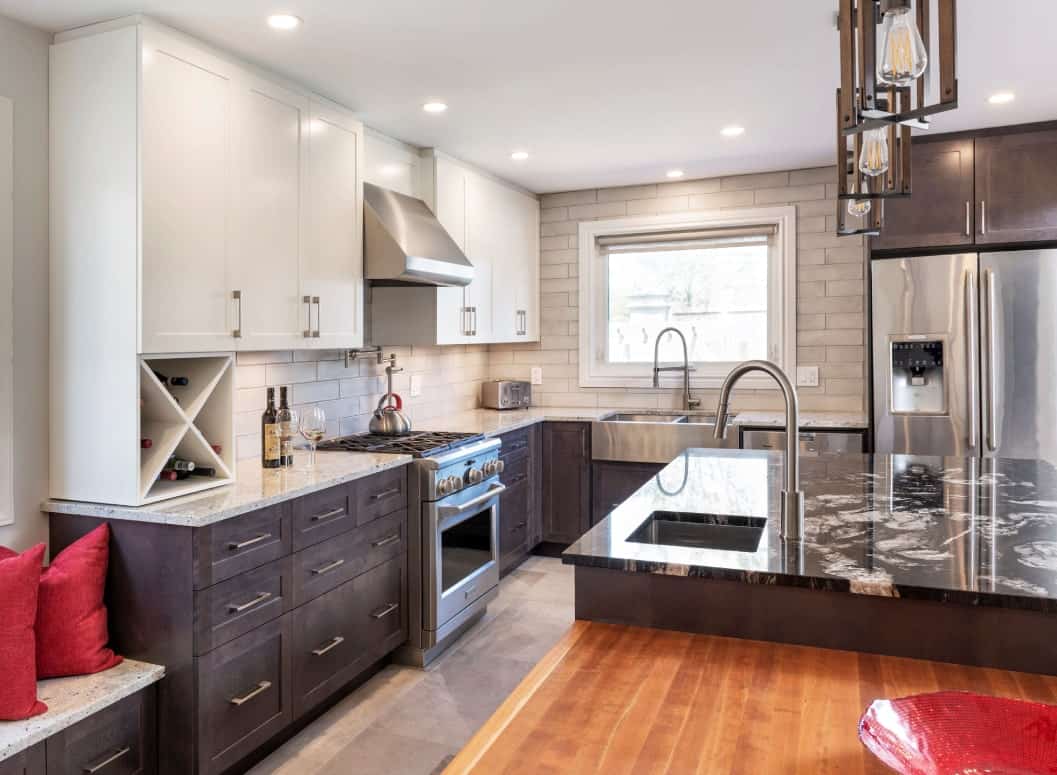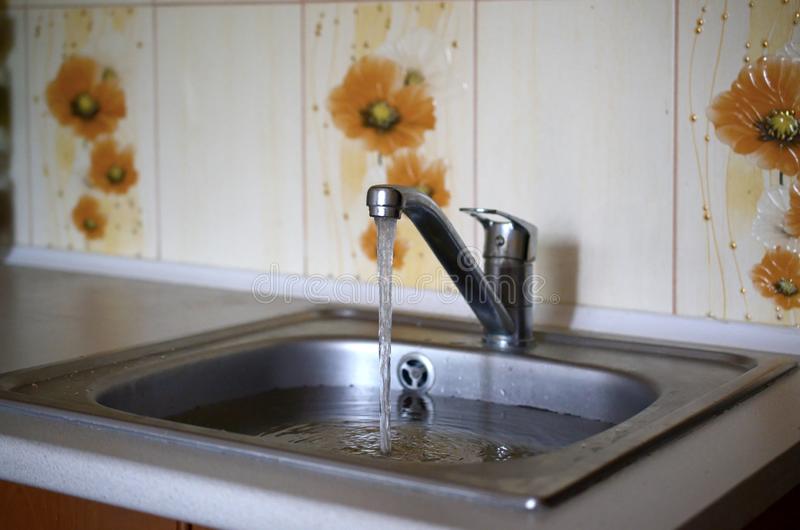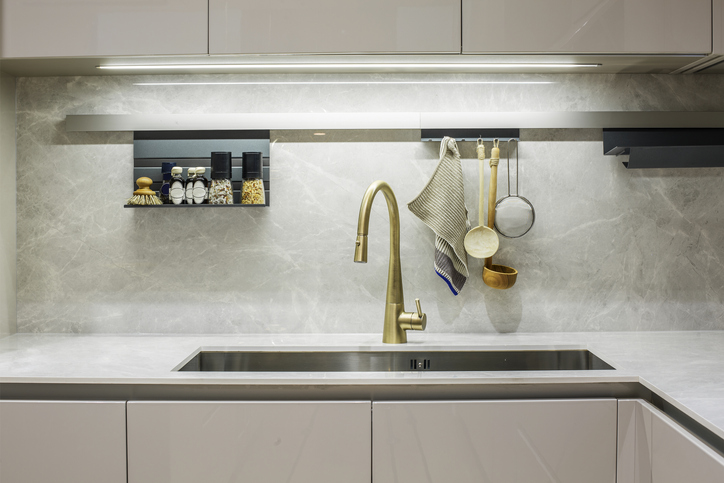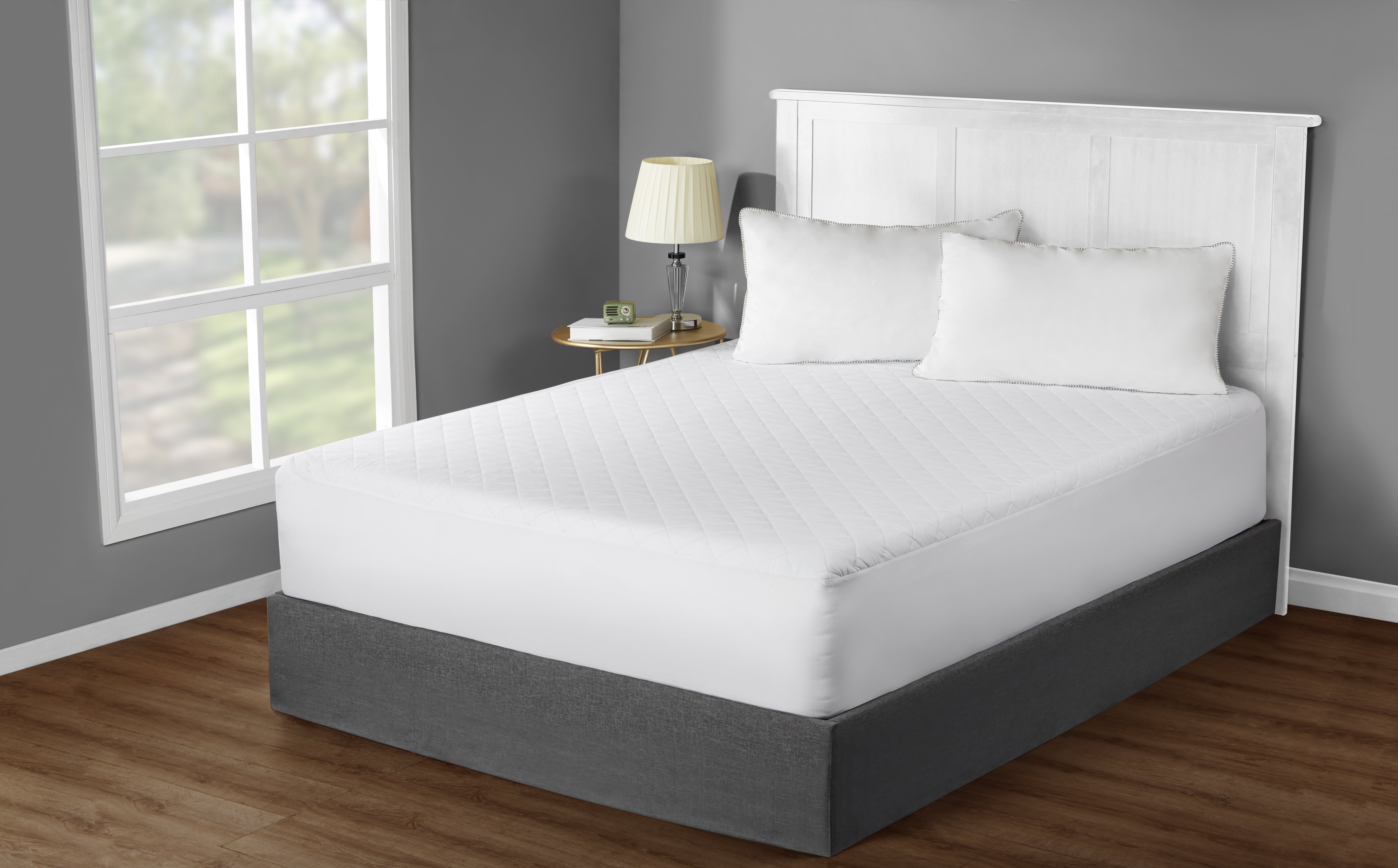If you've been standing over your kitchen sink, waiting for the water to drain, and nothing is happening, you've got a problem. A clogged kitchen sink can be a major inconvenience, especially if you rely on your sink for everyday tasks such as washing dishes and preparing food. But fear not, there are solutions to this common issue. Causes: There are a few different reasons why your kitchen sink may not be draining. One of the most common causes is a clog in the drain pipe. This can be caused by food scraps, grease, or other debris that has built up over time. Another cause could be a blocked air vent, which is necessary for proper drainage. Additionally, a damaged or faulty garbage disposal can also lead to a clogged sink. Solutions: One of the first things you can try is using a plunger to dislodge the clog. Make sure to cover the drain with the plunger and create a seal before pushing and pulling to create suction. If this doesn't work, you can try using a drain snake or pouring a mixture of hot water and baking soda down the drain. If the issue persists, it may be best to call a professional plumber to assess the situation and provide a solution.1. Kitchen Sink Not Draining: Causes and Solutions
Another common issue that can cause your kitchen sink to not drain properly is a malfunctioning garbage disposal. This can be a frustrating problem to deal with, but there are a few steps you can take to try and fix it yourself. Check the Power: The first thing you should do is check if your garbage disposal is receiving power. Make sure it is plugged in and try resetting the circuit breaker if necessary. Clear any Blockages: If you can hear the garbage disposal running but it's not working, there may be a blockage preventing it from functioning properly. Use tongs or pliers to remove any objects that may be stuck in the disposal. Use the Reset Button: Most garbage disposals have a reset button located on the bottom of the unit. Press this button to reset the disposal and see if it starts working again. If none of these solutions work, it may be time to call a professional or replace your garbage disposal altogether.2. How to Fix a Garbage Disposal That's Not Working
If you've tried everything and your kitchen sink is still not draining properly, it's time to troubleshoot the issue. The first step is to determine where the clog is located. Is it in the sink itself, or further down in the drain pipe? In the Sink: If the clog is in the sink, you can try using a plunger or a drain snake to dislodge it. You can also try pouring a mixture of hot water and dish soap down the drain to break up any grease or buildup. In the Drain Pipe: If the clog is further down in the drain pipe, you may need to remove the trap under the sink and manually remove the clog. Make sure to have a bucket handy to catch any water or debris that may come out. If you're not comfortable taking apart your sink or dealing with a clog in the drain pipe, it's best to call a professional plumber for assistance.3. Troubleshooting a Clogged Kitchen Sink
Garbage disposals are convenient appliances, but like any other machine, they can experience problems from time to time. Here are some common issues you may encounter with your garbage disposal and how to fix them. Jammed Disposal: If your garbage disposal is jammed, you'll need to turn off the power and manually remove the obstruction. Use a flashlight to look inside and use tongs or pliers to remove any objects that may be stuck. Leaking: A leaky garbage disposal can be caused by a number of factors, such as a cracked seal or loose connections. Tighten any loose connections and replace any damaged parts to fix the leak. Constantly Resetting: If you find yourself having to reset your garbage disposal frequently, it could be a sign of an electrical issue. Check the power supply and make sure there are no damaged wires or connections. If you're unsure how to fix these problems yourself, don't hesitate to call a professional for assistance.4. Common Garbage Disposal Problems and How to Fix Them
If your kitchen sink has a garbage disposal and is not draining properly, the clog may be located in the disposal itself. Here's how you can unclog a kitchen sink with a garbage disposal: Step 1: Turn off the power to the garbage disposal and make sure it is not running. Step 2: Use a flashlight to look inside the disposal and locate the clog. If you can see the object, use tongs or pliers to remove it. Step 3: If you can't see the clog, use a plunger to create suction and dislodge the obstruction. Step 4: If the plunger doesn't work, use a drain snake to remove the clog. Insert the snake into the disposal and turn it clockwise to break up the clog. Step 5: Once the clog is cleared, turn the power back on and test the disposal to make sure it is working properly.5. How to Unclog a Kitchen Sink with a Garbage Disposal
If you've tried all of the above solutions and your garbage disposal is still not draining, it may be time to call a professional. There could be a more serious issue at hand, such as a damaged motor or malfunctioning components. A professional plumber will be able to diagnose the problem and provide a solution, whether it's repairing or replacing your garbage disposal.6. What to Do When Your Garbage Disposal Won't Drain
A slow draining kitchen sink can be just as frustrating as a completely clogged one. Here's how you can fix a slow draining sink: Step 1: Start by pouring a mixture of hot water and baking soda down the drain. This will help to break up any buildup and loosen any clogs. Step 2: Next, pour a cup of vinegar down the drain and let it sit for about 15 minutes. Step 3: After 15 minutes, pour hot water down the drain again to flush out any remaining buildup. Step 4: If this doesn't work, you can try using a drain snake to clear any clogs. If that still doesn't work, it may be best to call a professional.7. How to Fix a Slow Draining Kitchen Sink
The best way to prevent clogs and other issues with your garbage disposal is to properly maintain it. Here are some tips for keeping your garbage disposal in top condition: Run Water: Always run cold water before, during, and after using your garbage disposal. This helps to flush out any debris and prevents clogs from forming. Avoid Certain Foods: Foods that are stringy or fibrous, such as celery and onion skins, can get tangled in the blades and cause problems with your garbage disposal. Avoid putting these types of foods down the disposal. Clean Regularly: To keep your garbage disposal smelling fresh and functioning properly, you can clean it by pouring a mixture of hot water and dish soap down the drain. You can also use citrus peels or ice cubes to help clean and sharpen the blades.8. Tips for Maintaining Your Garbage Disposal
If your kitchen sink is completely clogged and none of the above solutions have worked, it may be time to clear the drain pipe. Here's how you can do it: Step 1: Remove the trap under the sink and empty out any water or debris that may be inside. Step 2: Use a drain snake to clear any clogs in the pipe. Insert the snake into the pipe and turn it clockwise to break up the clog. Step 3: Once the clog is cleared, reattach the trap and test the sink to make sure it is draining properly.9. How to Clear a Clogged Kitchen Sink Drain
If you're experiencing problems with your kitchen sink, you're not alone. Here are some other common issues you may encounter and how to troubleshoot them: Low Water Pressure: If your sink has low water pressure, it could be due to a clog in the aerator. Remove the aerator and clean it thoroughly before reattaching it. Dripping Faucet: A dripping faucet can be caused by a worn out washer or O-ring. You can try replacing these yourself or call a plumber for assistance. Strange Noises: If your kitchen sink is making strange noises, it could be a sign of a loose or damaged component. Check the connections and tighten or replace any parts as needed. By following these tips and troubleshooting common problems, you can keep your kitchen sink and garbage disposal in top working condition.10. Troubleshooting Common Kitchen Sink Problems
Common Kitchen Plumbing Problems and Solutions
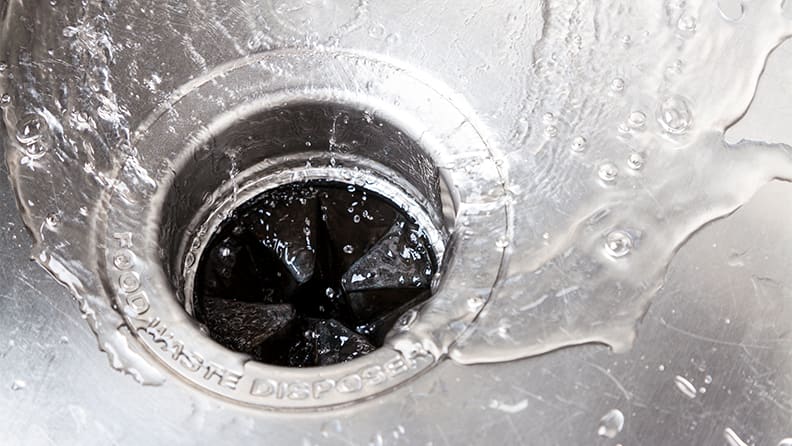
The Importance of a Properly Functioning Kitchen Sink and Garbage Disposal
 When it comes to designing a functional and efficient kitchen, the sink and garbage disposal are often overlooked. However, these two components play a crucial role in maintaining a clean and well-organized kitchen. Unfortunately, they can also be a source of frustration when they are not working properly. One of the most common issues homeowners face is a
kitchen sink not draining and garbage disposal not working
. This can be a major inconvenience, especially if it happens during meal prep or cleanup. In this article, we will discuss the causes of these problems and provide some solutions to help you get your kitchen back in working order.
When it comes to designing a functional and efficient kitchen, the sink and garbage disposal are often overlooked. However, these two components play a crucial role in maintaining a clean and well-organized kitchen. Unfortunately, they can also be a source of frustration when they are not working properly. One of the most common issues homeowners face is a
kitchen sink not draining and garbage disposal not working
. This can be a major inconvenience, especially if it happens during meal prep or cleanup. In this article, we will discuss the causes of these problems and provide some solutions to help you get your kitchen back in working order.
Causes of a Kitchen Sink Not Draining
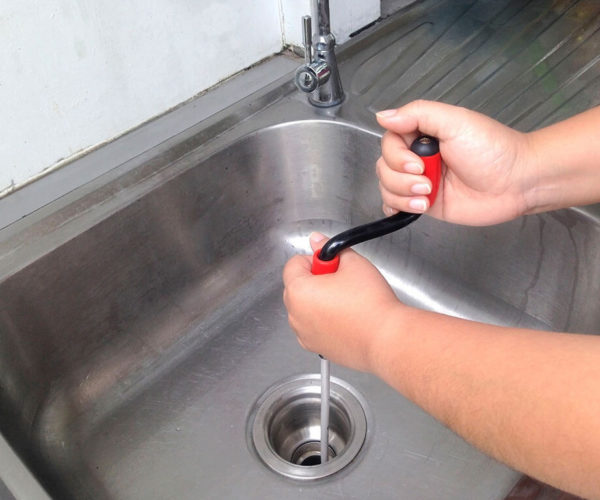 There are several reasons why your kitchen sink may not be draining properly. One of the most common causes is a clogged drain. Over time, food particles, grease, and other debris can build up in the pipes and cause a blockage. Another cause could be a malfunctioning garbage disposal, which can prevent water from draining properly. Additionally, if your kitchen sink has a garbage disposal, it may also have a clogged drain line. This can occur if food particles and debris get stuck in the disposal blades or in the drain pipe.
There are several reasons why your kitchen sink may not be draining properly. One of the most common causes is a clogged drain. Over time, food particles, grease, and other debris can build up in the pipes and cause a blockage. Another cause could be a malfunctioning garbage disposal, which can prevent water from draining properly. Additionally, if your kitchen sink has a garbage disposal, it may also have a clogged drain line. This can occur if food particles and debris get stuck in the disposal blades or in the drain pipe.
Causes of a Garbage Disposal Not Working
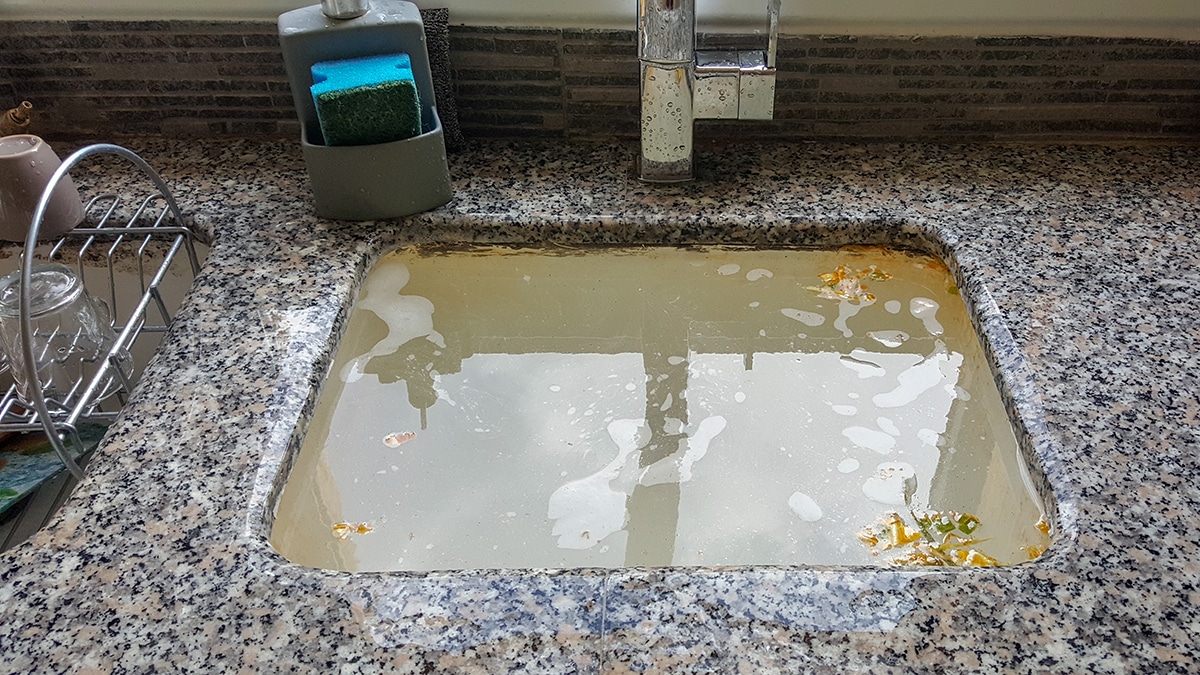 A garbage disposal that is not working can also be a result of various factors. One of the most common causes is overloading the disposal with too much food waste. This can cause the motor to overheat and shut down. Another cause could be a jammed disposal, which can occur if large or hard food particles get stuck in the blades. Additionally, if your garbage disposal is making a humming noise but not grinding food, this could indicate a malfunctioning motor or a dull blade.
A garbage disposal that is not working can also be a result of various factors. One of the most common causes is overloading the disposal with too much food waste. This can cause the motor to overheat and shut down. Another cause could be a jammed disposal, which can occur if large or hard food particles get stuck in the blades. Additionally, if your garbage disposal is making a humming noise but not grinding food, this could indicate a malfunctioning motor or a dull blade.
Solutions for a Kitchen Sink Not Draining and Garbage Disposal Not Working
 The good news is that most
kitchen sink not draining and garbage disposal not working
issues can be easily fixed with simple solutions. For a clogged drain, you can try using a plunger or a drain snake to remove the blockage. If the problem persists, you may need to call a professional plumber to use a more powerful drain cleaning tool. For a malfunctioning garbage disposal, you can try resetting it by pressing the reset button located on the bottom of the unit. If this does not work, you may need to replace the disposal or call a professional for repairs.
In conclusion, a properly functioning kitchen sink and garbage disposal are essential for a functional and efficient kitchen. When faced with a
kitchen sink not draining and garbage disposal not working
problem, it is important to identify the cause and use the appropriate solution to resolve the issue. By following these tips, you can ensure that your kitchen remains a well-oiled machine for all your cooking and cleaning needs.
The good news is that most
kitchen sink not draining and garbage disposal not working
issues can be easily fixed with simple solutions. For a clogged drain, you can try using a plunger or a drain snake to remove the blockage. If the problem persists, you may need to call a professional plumber to use a more powerful drain cleaning tool. For a malfunctioning garbage disposal, you can try resetting it by pressing the reset button located on the bottom of the unit. If this does not work, you may need to replace the disposal or call a professional for repairs.
In conclusion, a properly functioning kitchen sink and garbage disposal are essential for a functional and efficient kitchen. When faced with a
kitchen sink not draining and garbage disposal not working
problem, it is important to identify the cause and use the appropriate solution to resolve the issue. By following these tips, you can ensure that your kitchen remains a well-oiled machine for all your cooking and cleaning needs.










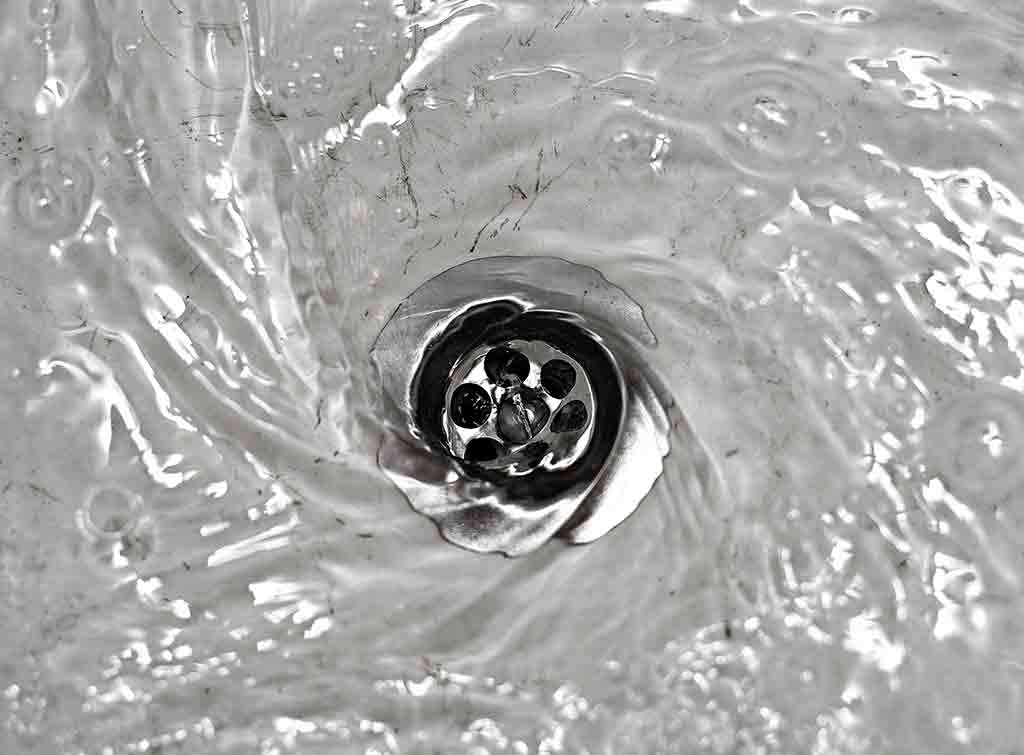











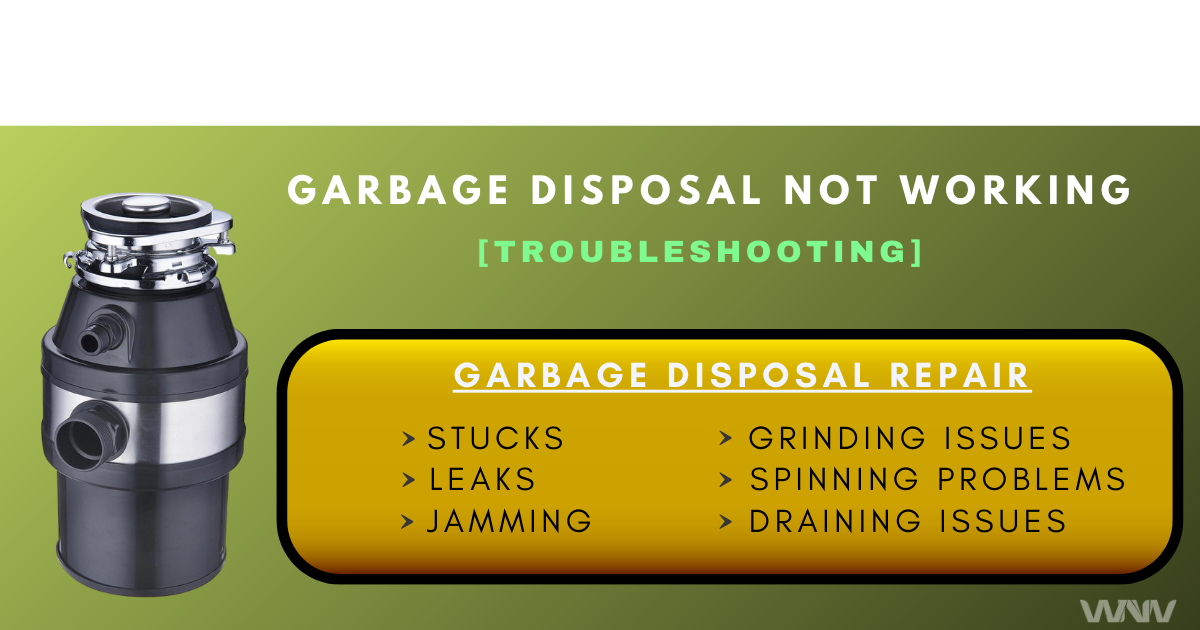

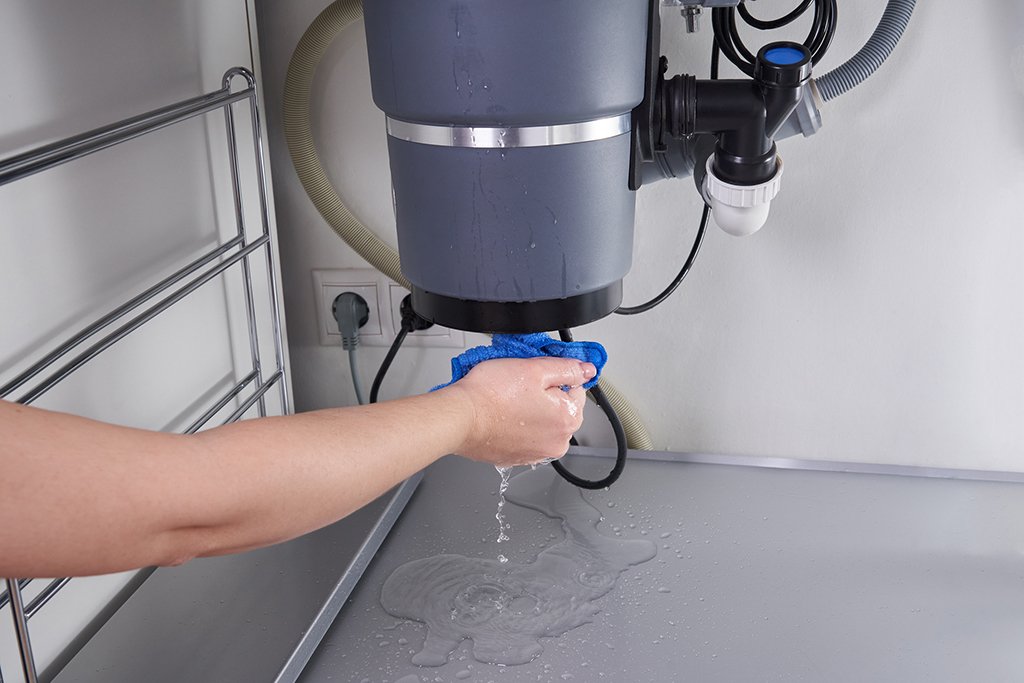















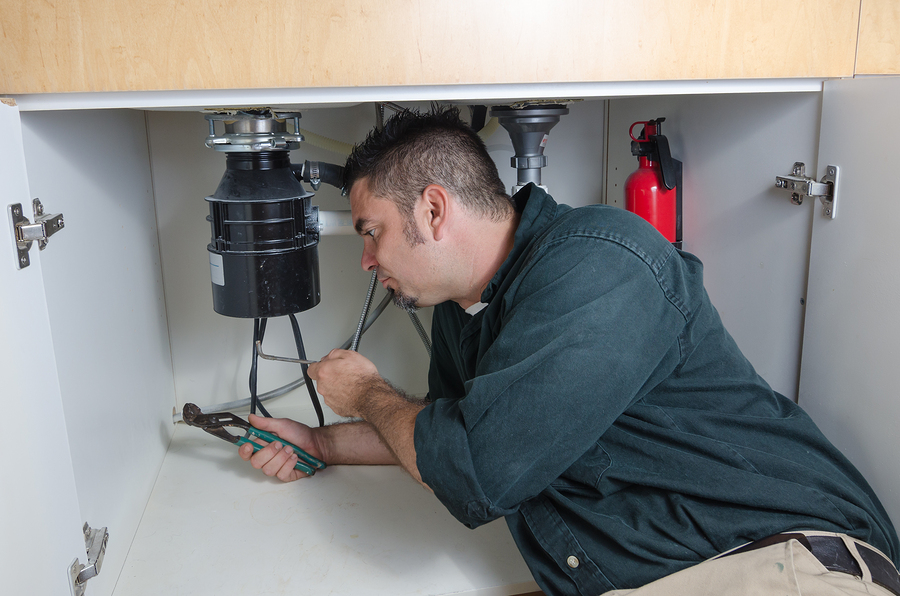






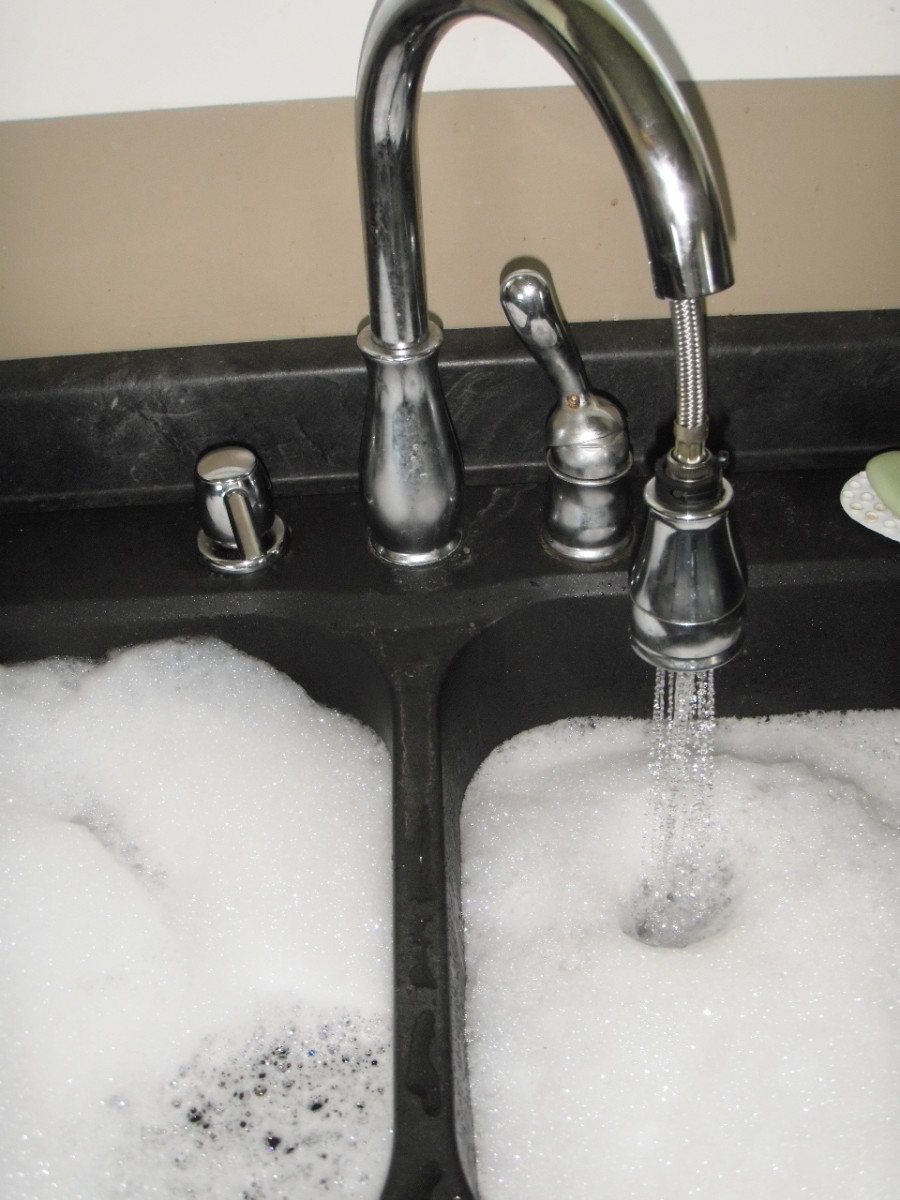
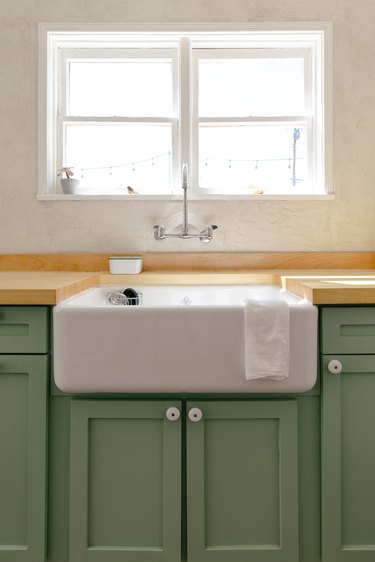




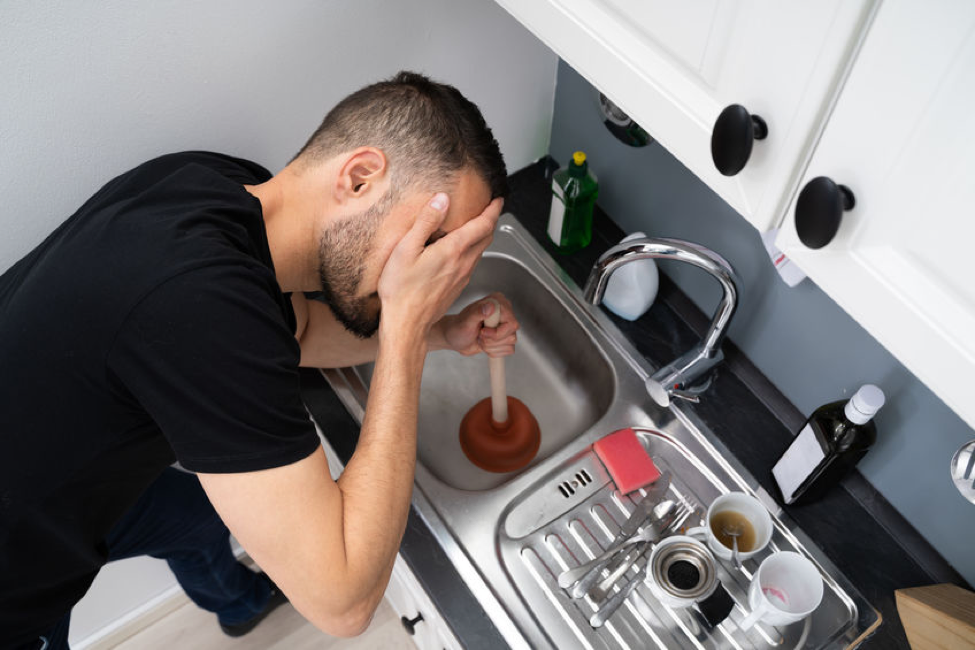
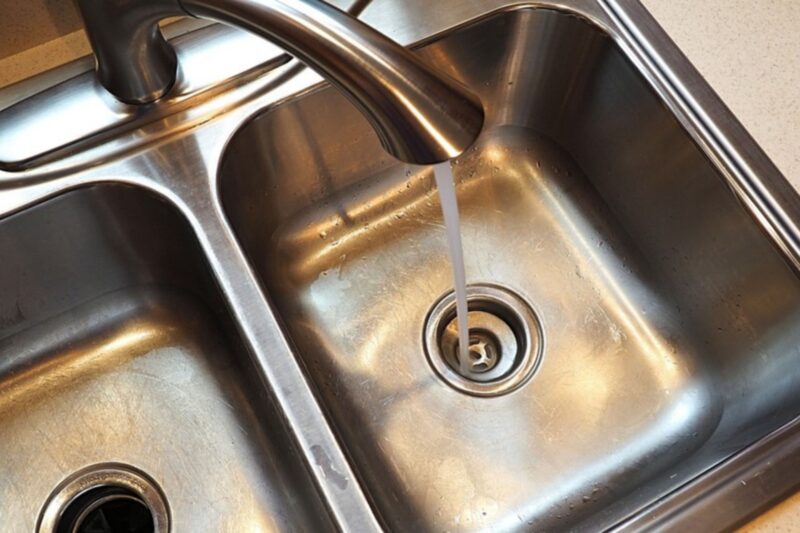

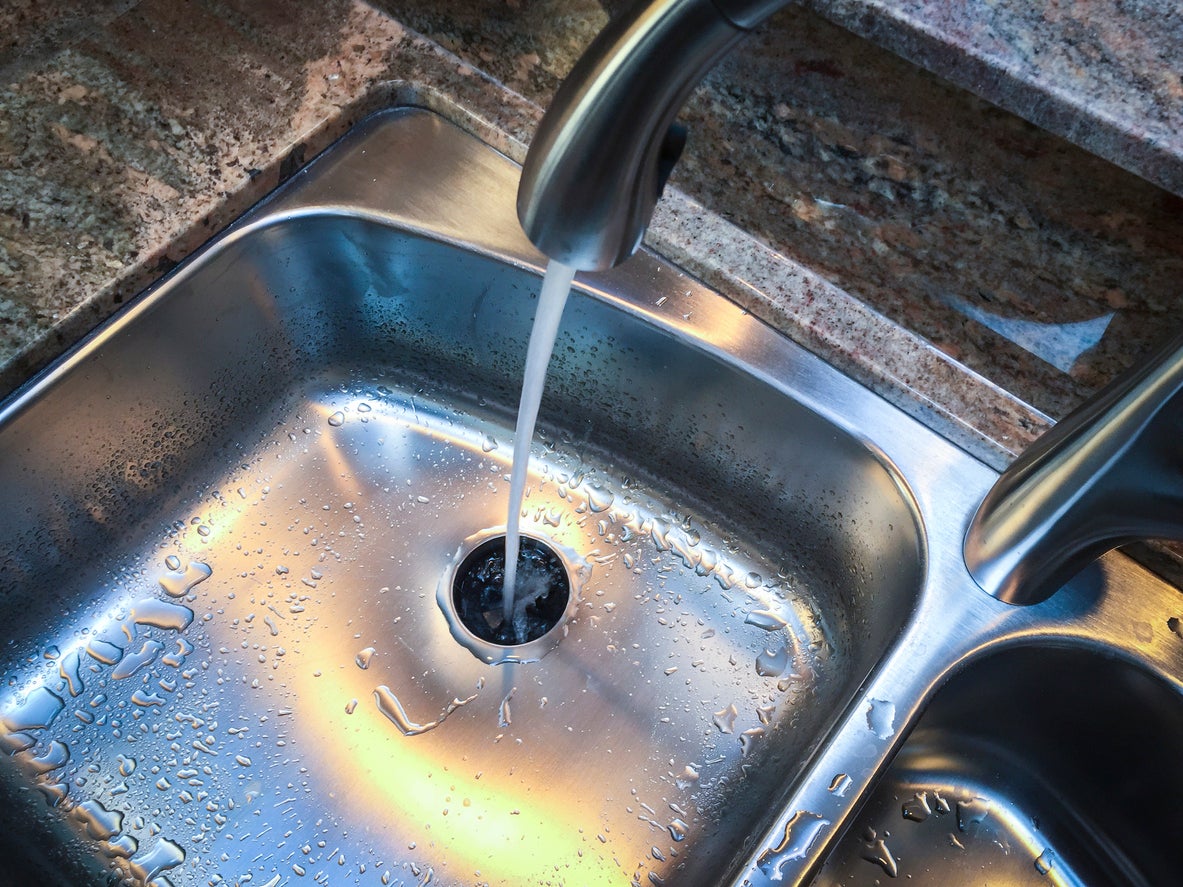

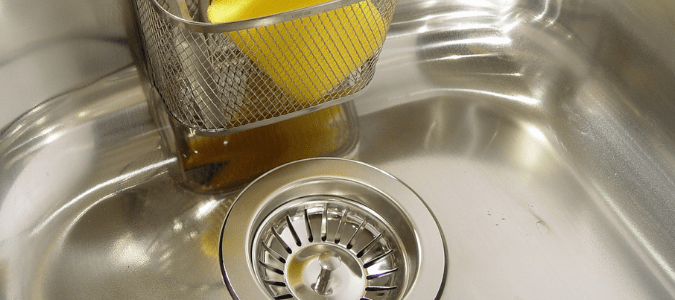

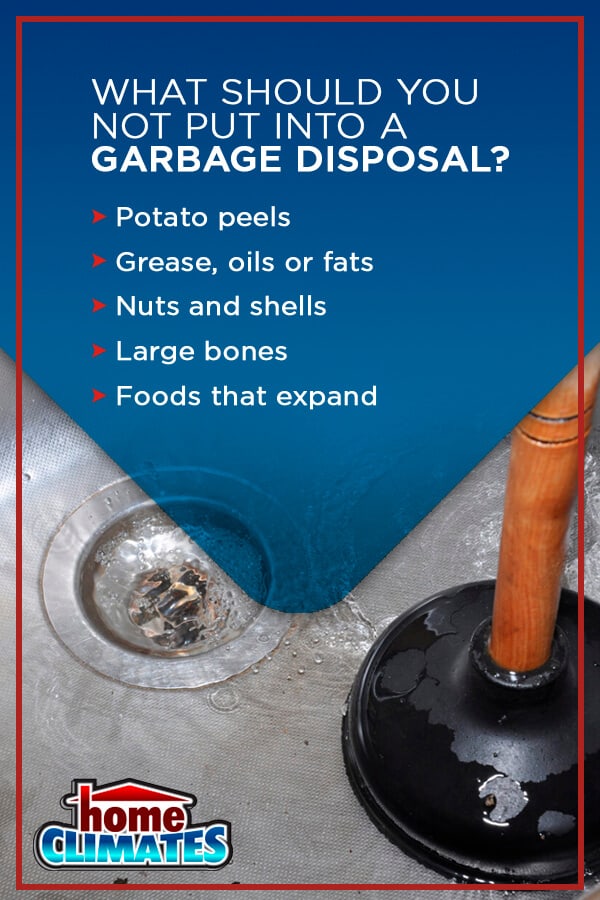

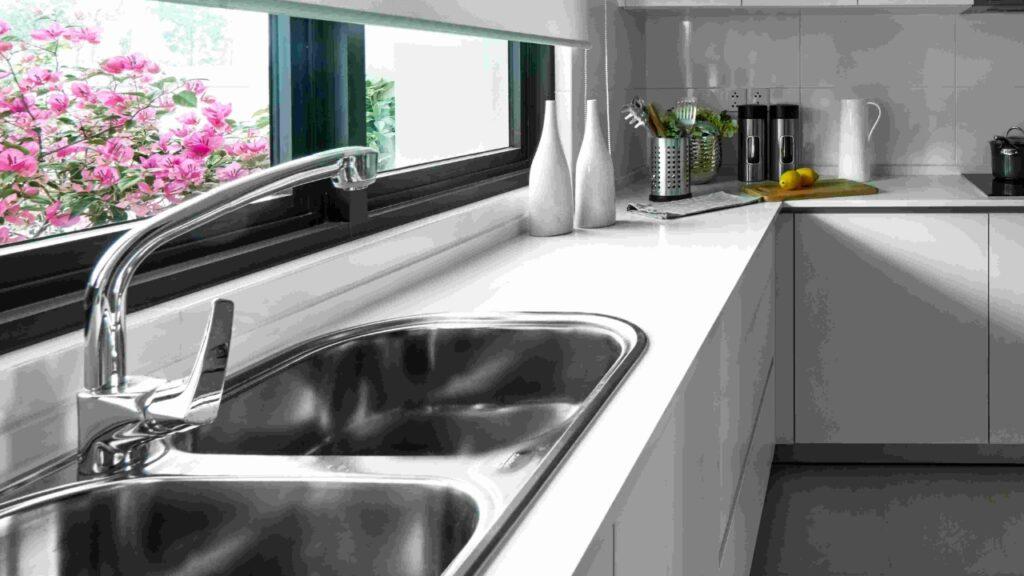










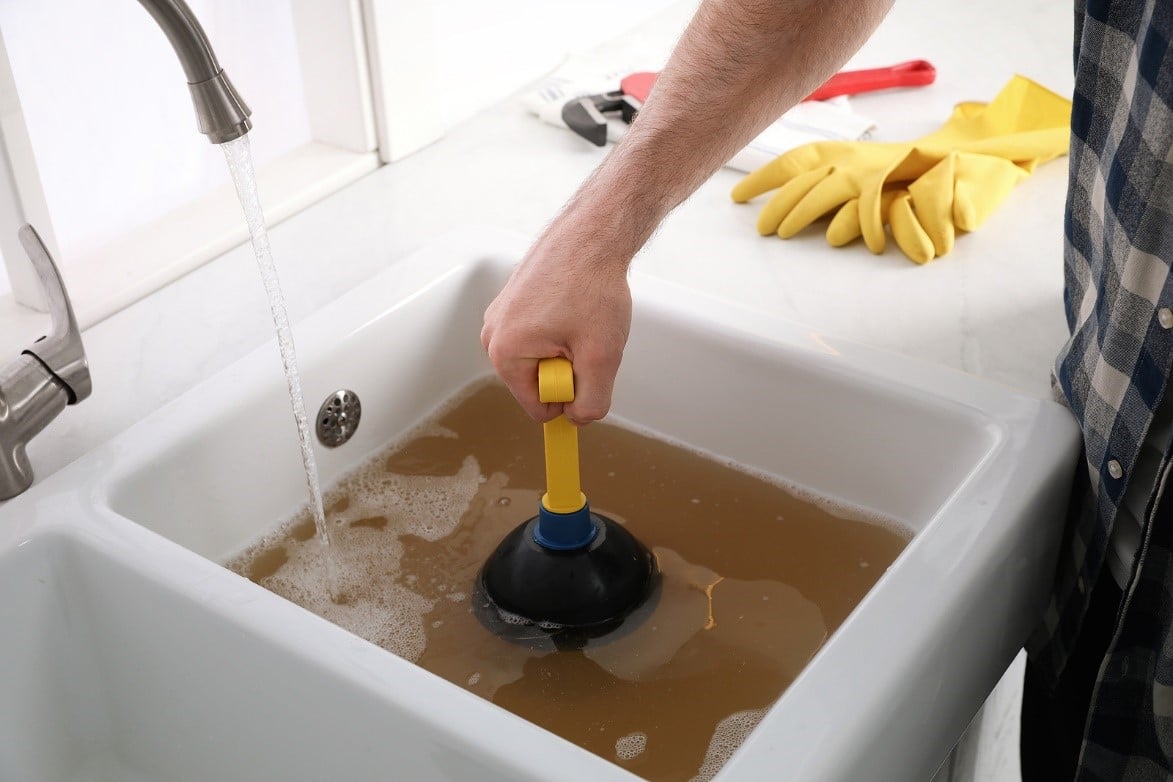



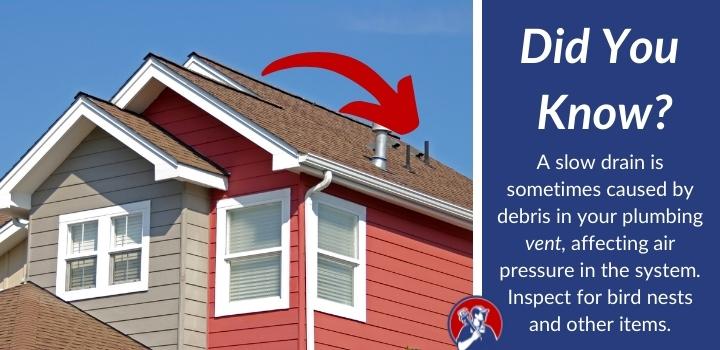
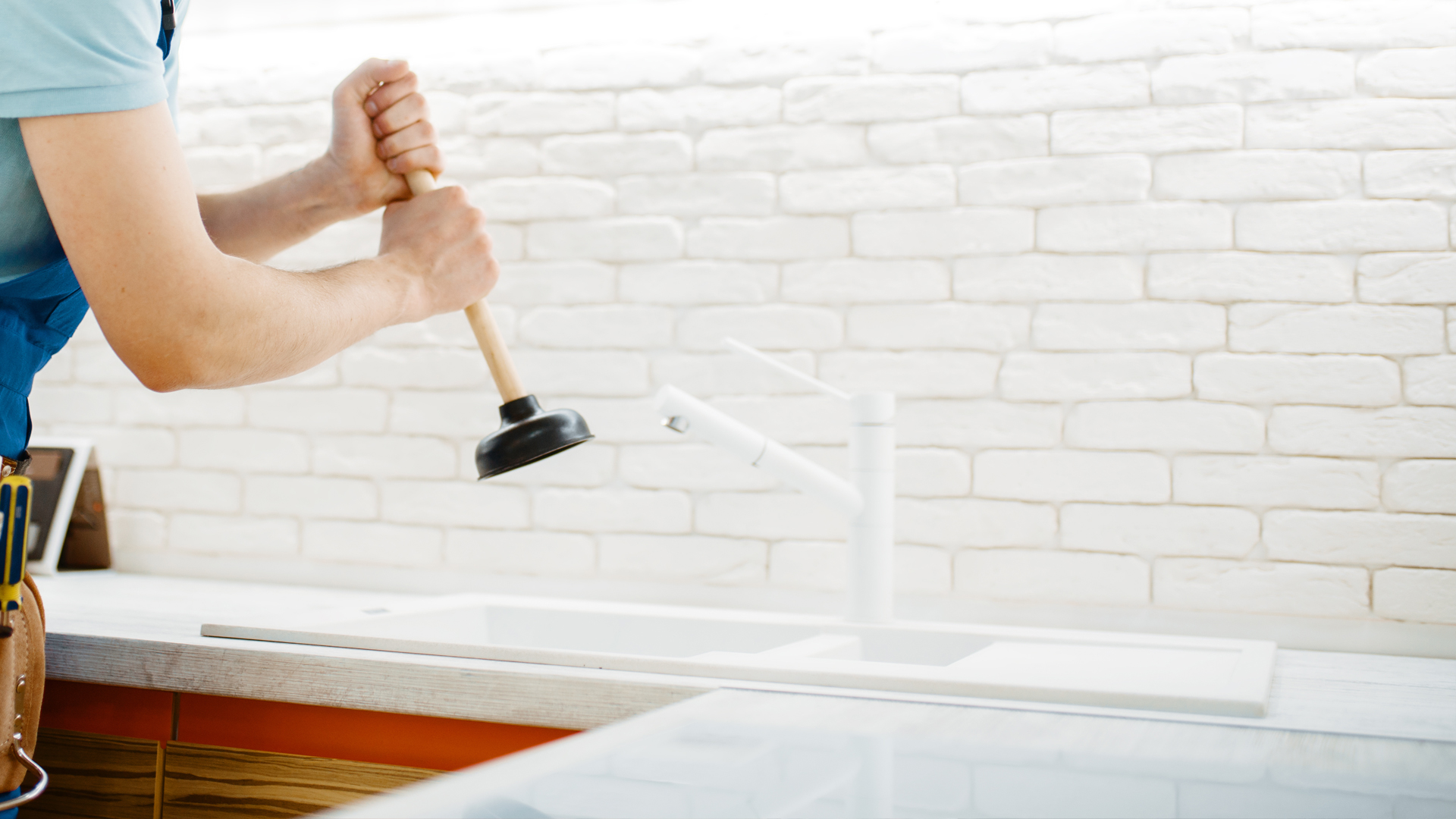
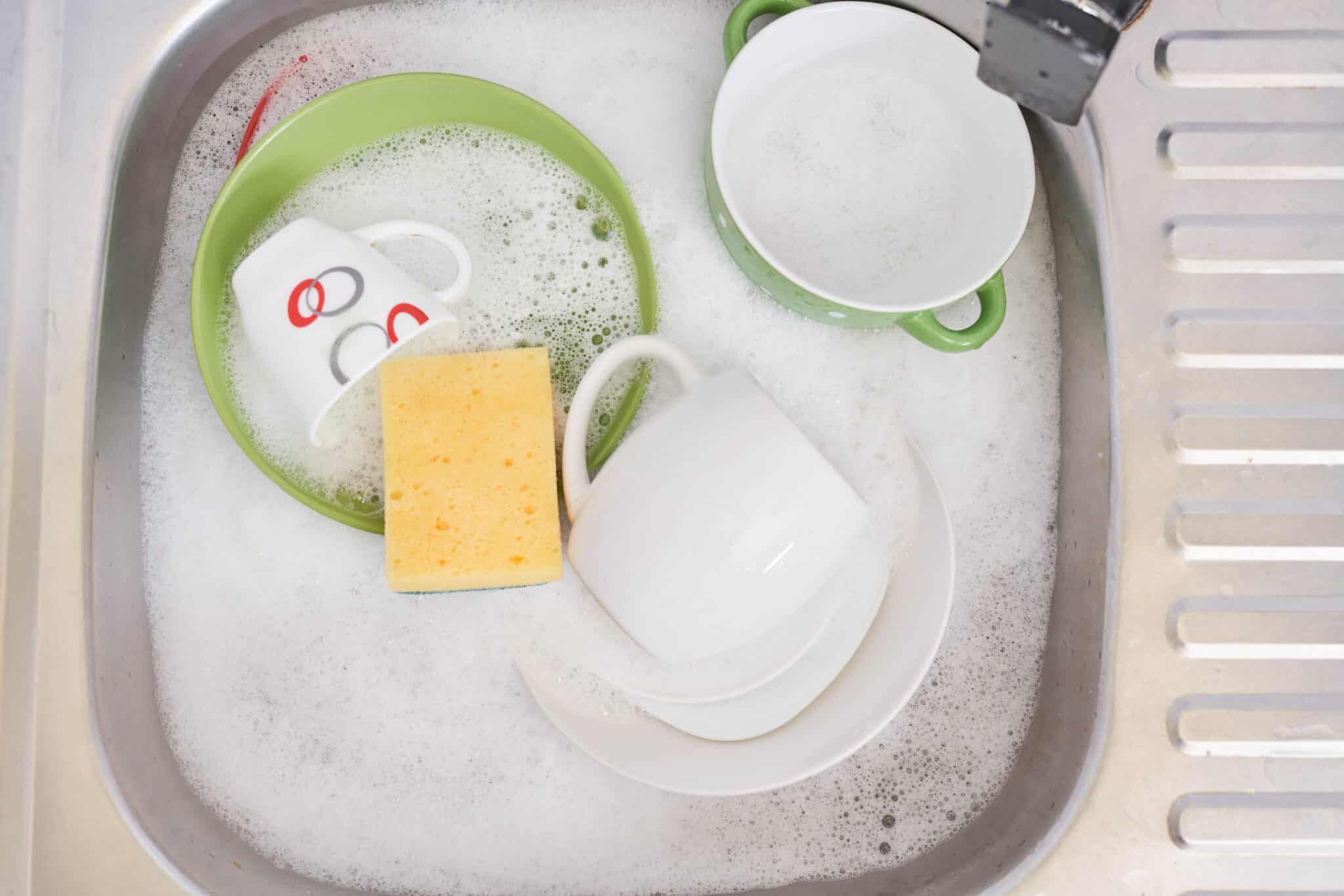
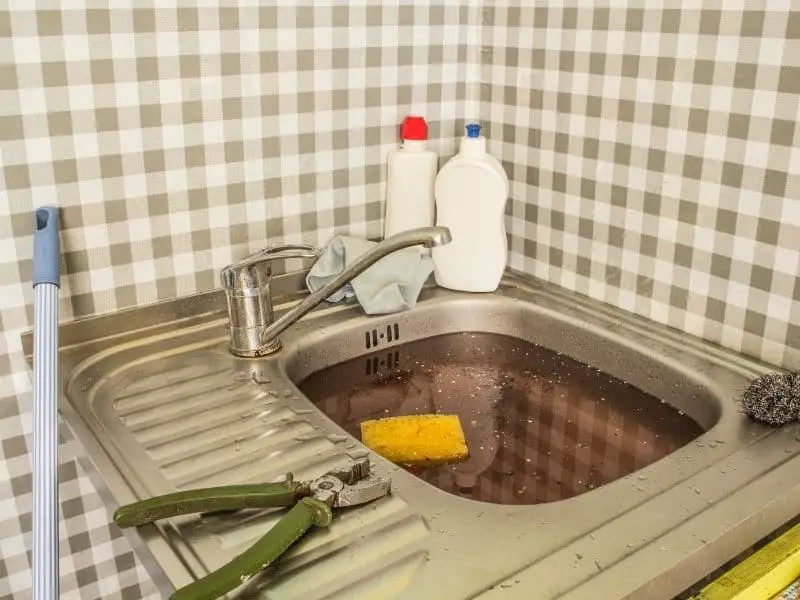

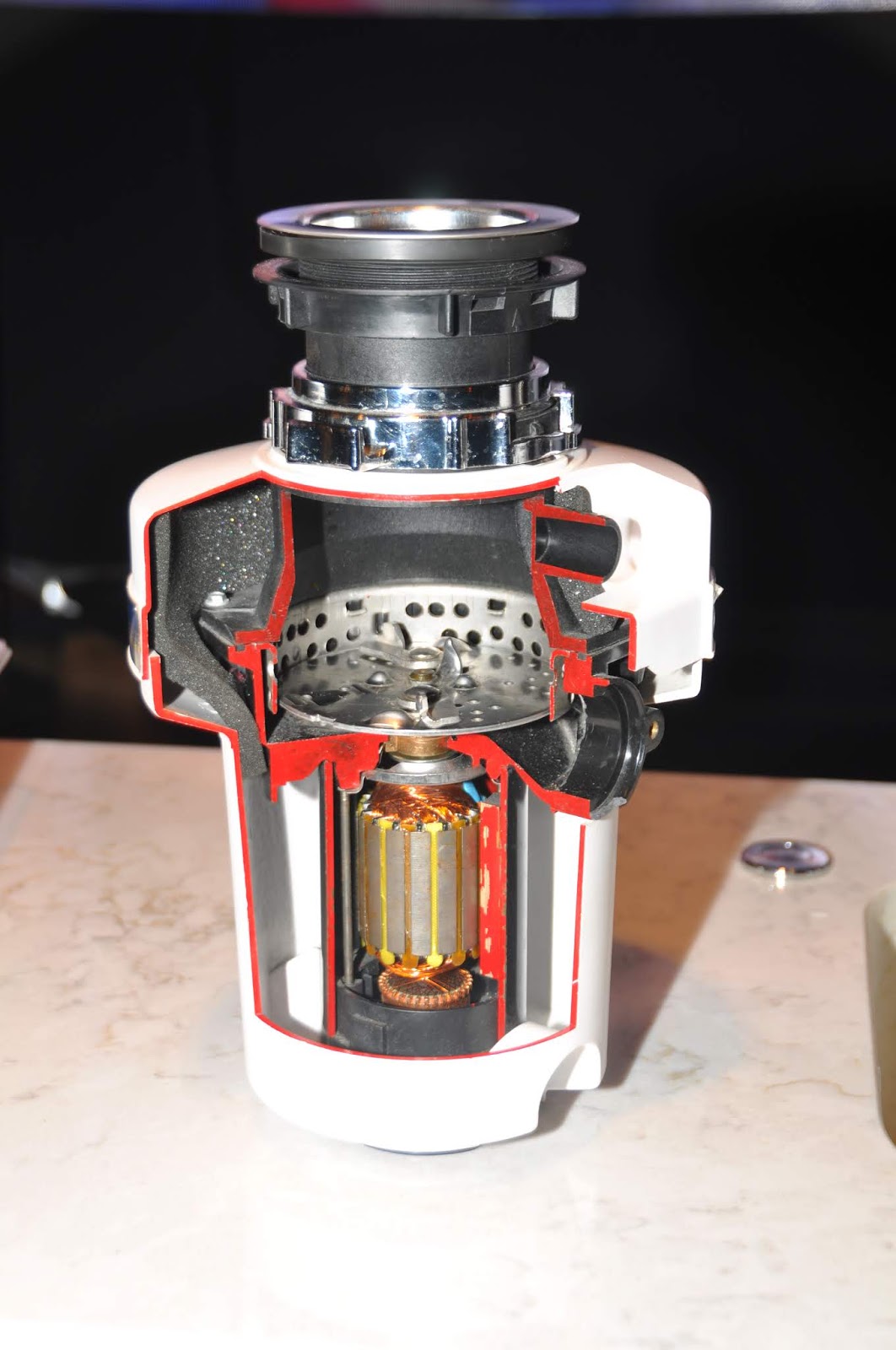
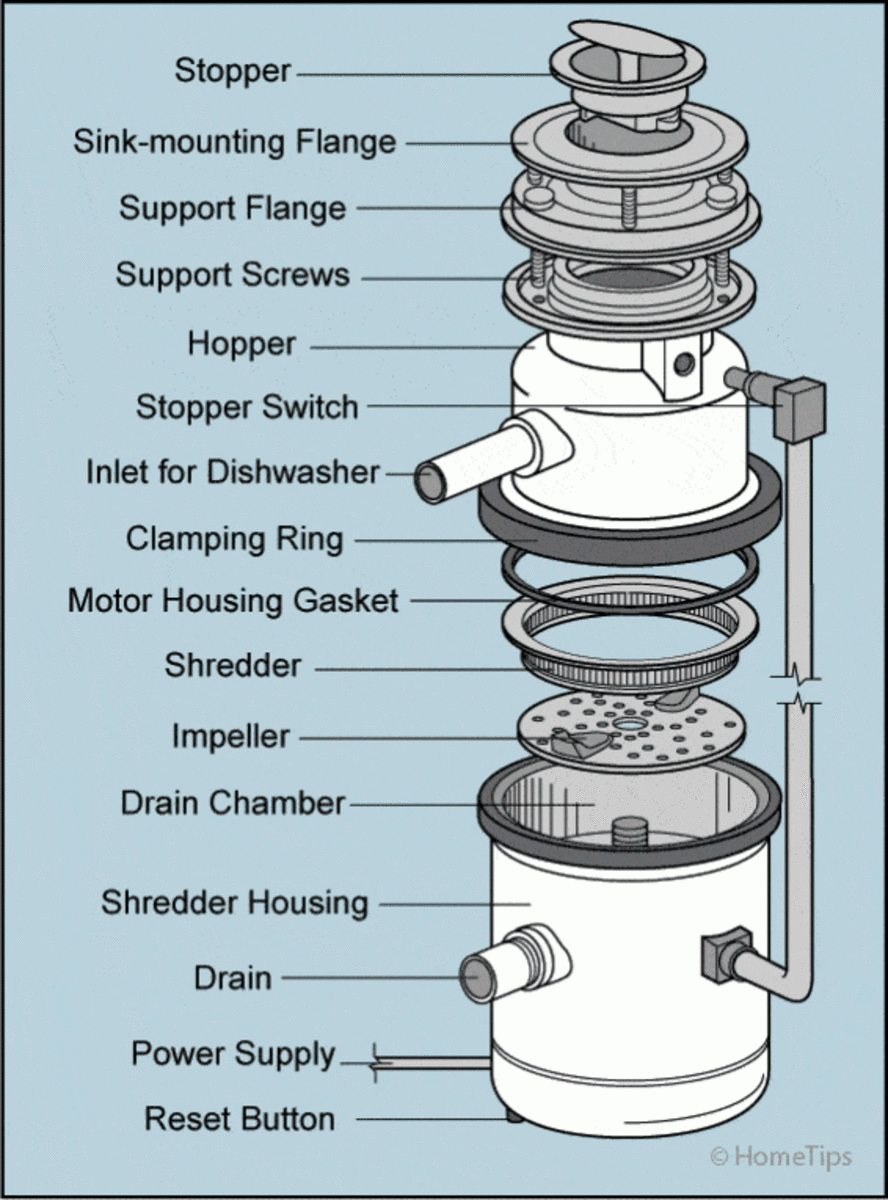
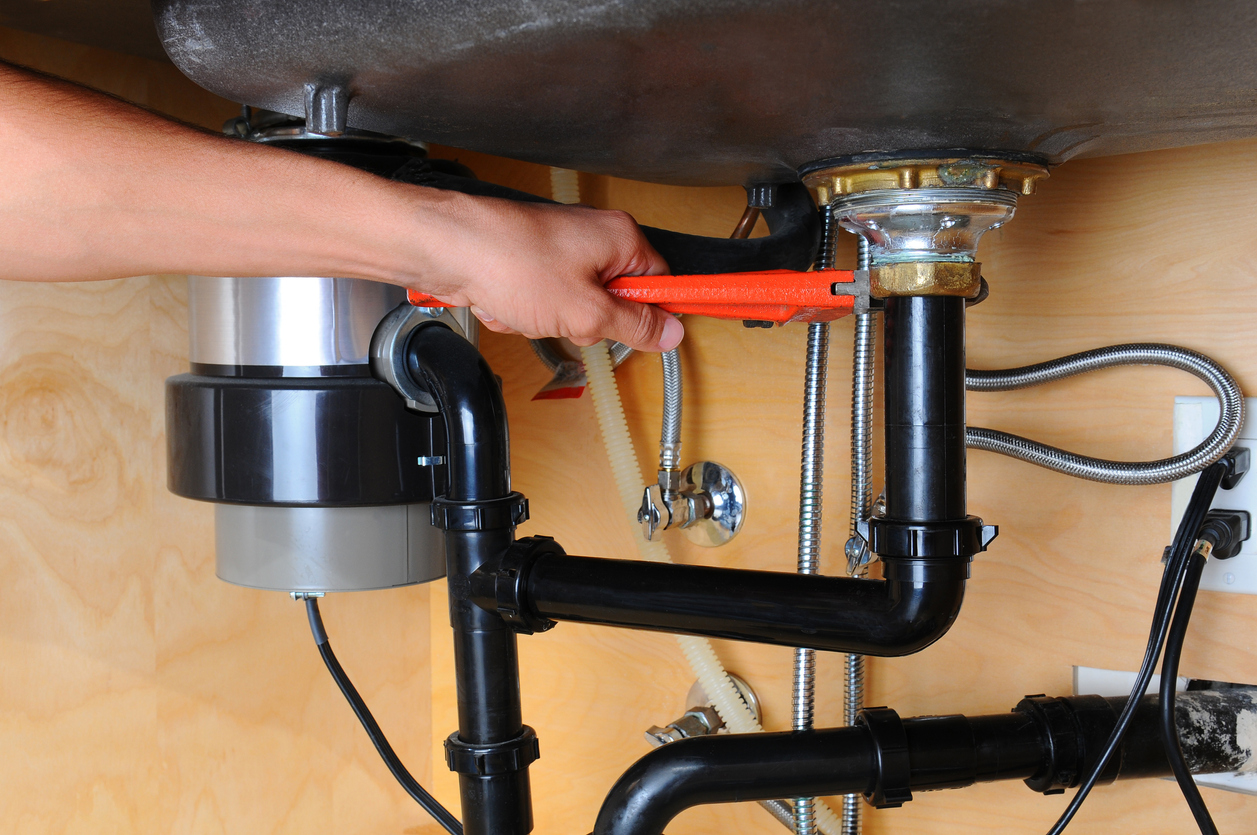

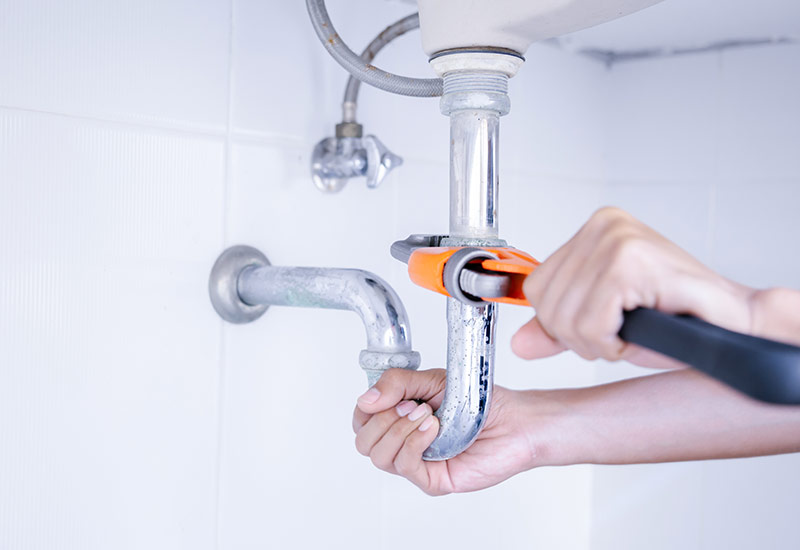








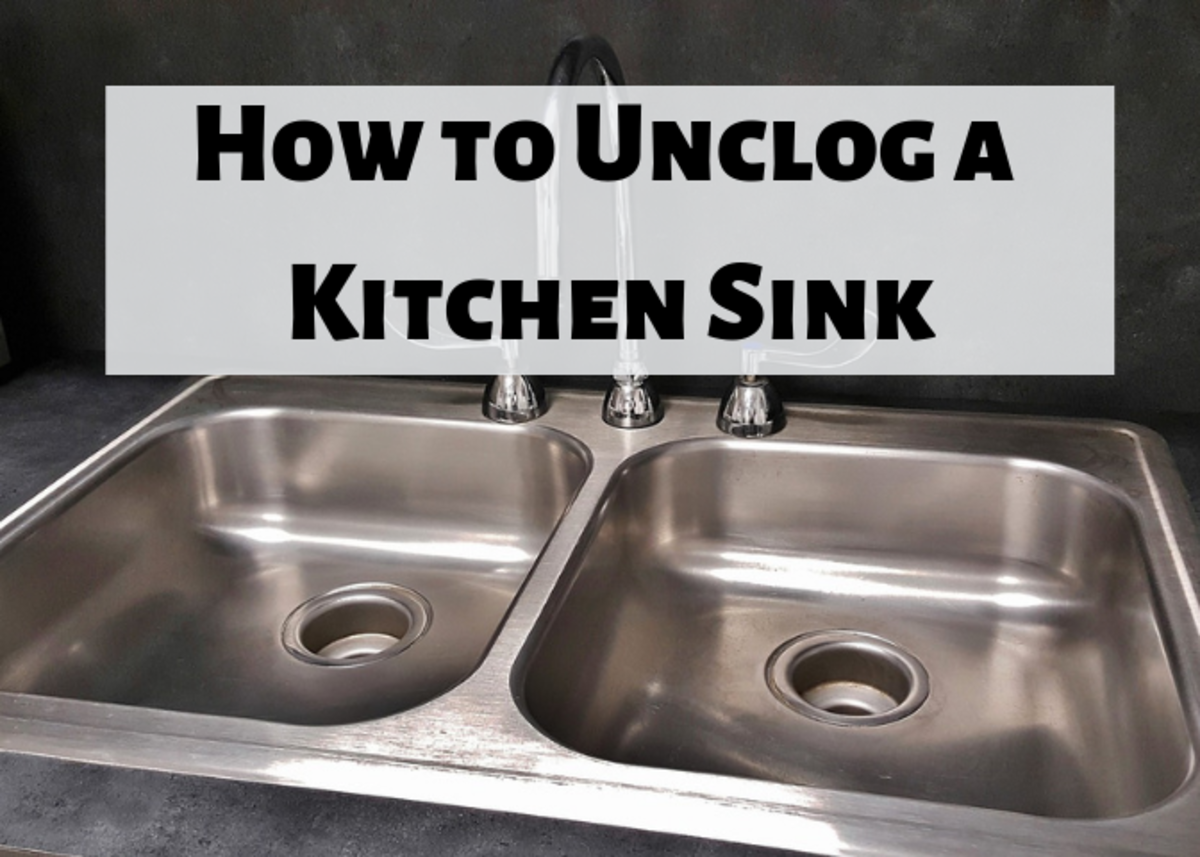
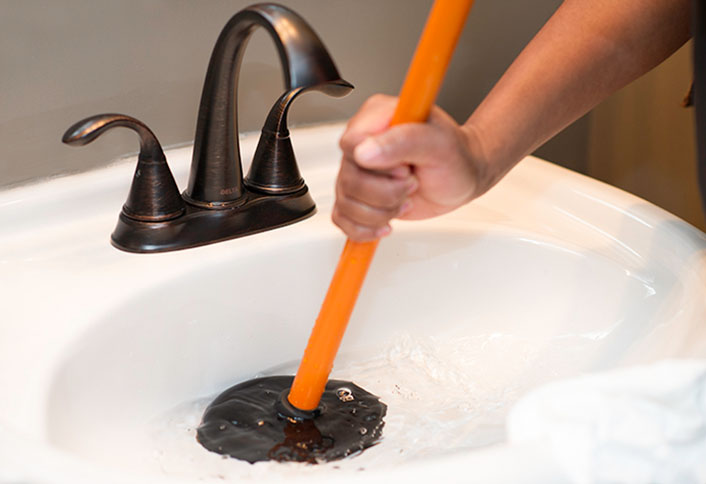

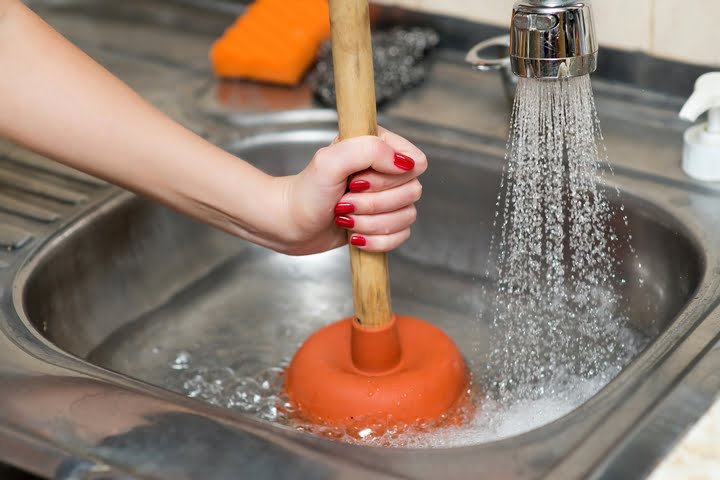

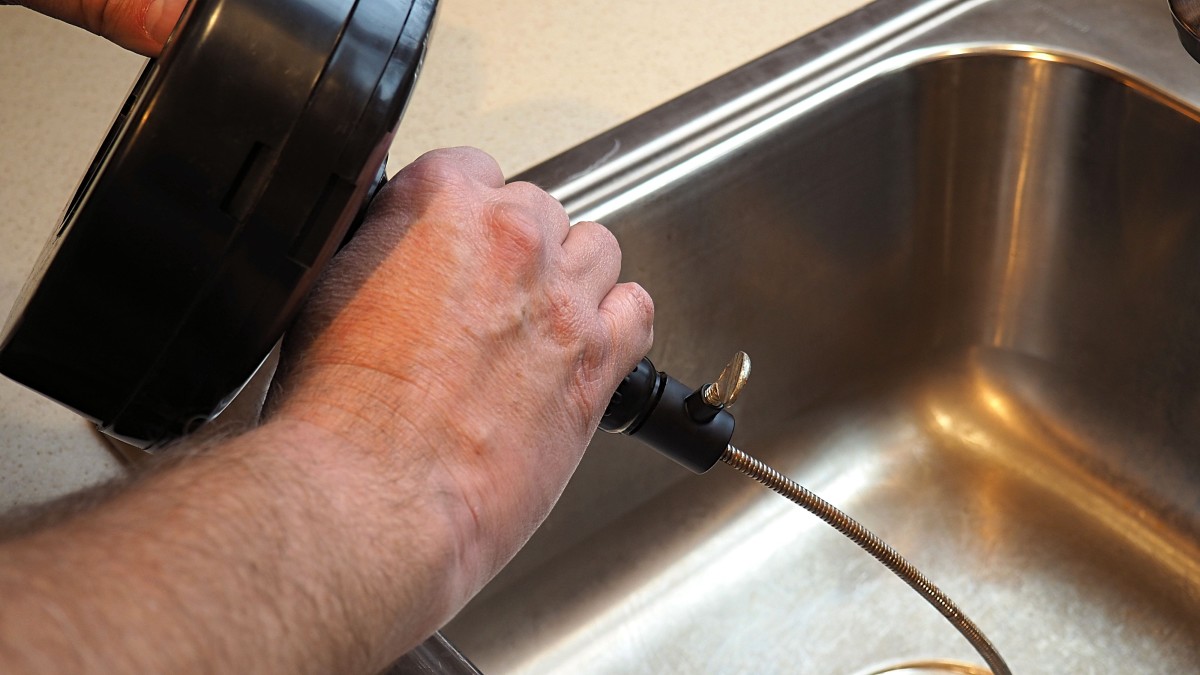
:max_bytes(150000):strip_icc()/freshen-and-unclog-drain-with-baking-soda-1900466-22-bbf940b70afa4d5abef0c54da23b1d3f.jpg)






